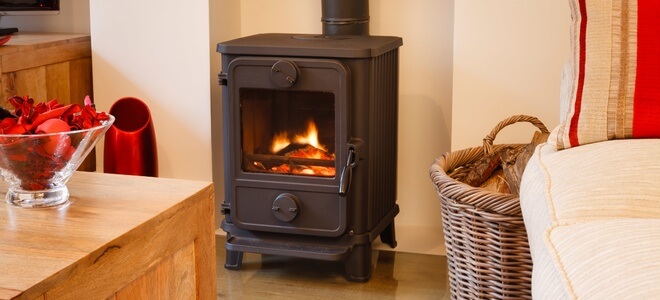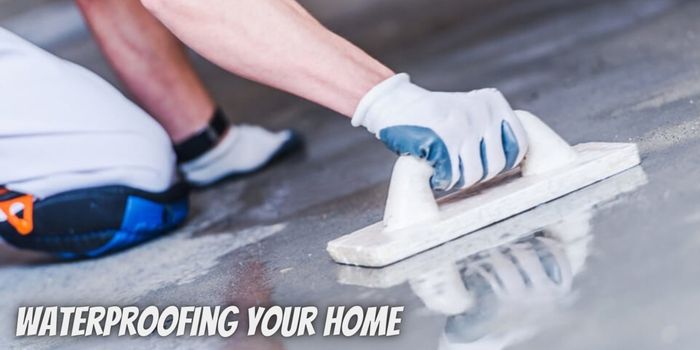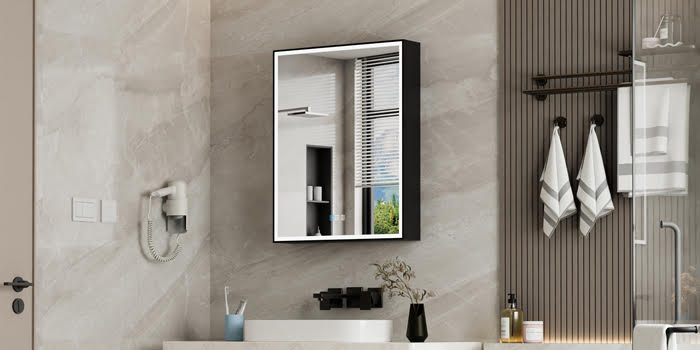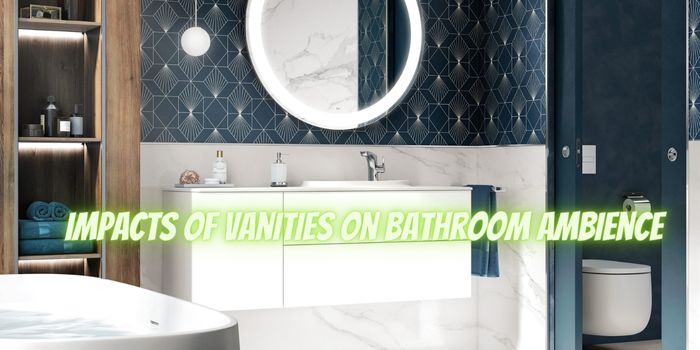How to install a wood stove

A lot of homeowners concerned about home heating costs purchase wood stoves to decrease heating bills. Adding a wood stove into some house must be performed to ensure a secure installation. A wood stove is unlike any other device presently in a modern home. Many people confuse while purchasing the wood stove. Read this article for the right wood stove.
A wood stove regularly gets surface temperatures over 400 degrees F. The stove temperatures have been over 1000 degrees F, and also when your chimney fire happens, the temperatures over 2000 degrees F are potential. A system which may reach elevated temperatures must be treated with respect installed, managed, and maintained to be sure the apparatus doesn’t pose any danger in your house.
One time an area to get a stove is created, prepare the region correctly in order that there’s sufficient clearance in the combustible surfaces. Combustible surfaces include furniture, flooring, and walls of plaster, drywall or paneling. The space from such types of combustible surfaces is set by consulting three origins. In the event the stove is” recorded,” so it had been safety analyzed by an independent testing laboratory, there’ll be considered a manufacturer’s tips for clearance from combustibles.
When a stove isn’t recorded, abide by the National Fire Protection Association recommendations (see Table 1) for clearance from combustibles. But, building codes supersede both of those tips. Check to learn which clearance standards are imposed in your town.
From Table 1

The space to weatherproof surfaces, especially for glowing stoves, is quite large–3-6 inches. So the majority of stove installations possess some kind of non-combustible wall protection supporting the stove to enable installation nearer to the wall without even demonstrating a security threat (see Figure 1). Asbestos millboard, although it’s a satisfactory kind of protection, is recommended as a result of the hazard in asbestos fibers. If asbestos can be used, paint an enamel to lock from the fibers.
A main thing in wall protection is that your 1-inch spacing required involving your shielding substance and also the wall. Even the spacing is imperative to guarantee air flow between your protection and the wall that the wall isn’t susceptible to elevated temperatures. The spacers used to install the sheet metal into the wall and must be non-combustible. (Don’t use wood furring strips).
Still another procedure to attain exactly the very exact same sort of protection would be using masonry or brick having a 1-inch airspace between the masonry or brick and also the wall. Nevertheless, the burden of this kind of wall can cause issues.Protection behind the wall behind the stove must stretch on both sides of the stove to ensure the length measured from the stove to the combustible portion of the wall will be 36 inches.
From Table 2

Floors protection is your other vital area to consider with stove installation. The National Fire Protection Association’s recommendation for the extent and variety of protection of combustible floors under stoves are all given in Table 2. When the stove is recorded, set it up in accordance with the maker’s guidelines. Check local building codes for particulars about the kind of floor protection and also clearances. Cover floor protection stuff with non-combustible materials like stone, brick, or tile.
Together with all the stove correctly installed, then connect the stove to the chimney. With the connection, use an estimate stove pipe 2 4 gauge for installations–and also follow the guidelines of manufacturer. The linking stove pipe must be as short as you possibly can. Secure all joints together with sheet metal screws and then join the pipe with a crimped end pointing down to include creosote (see Figure 2). It’s very crucial to discover the clearance from combustible surfaces. To cut back clearances, and wall protection utilizing exactly the exact materials and processes advocated for your own stove installation (see Table 1).
From Table 3

Pick the kind of chimney with safety at heart. A masonry chimney is more okay but can be costly and difficult to build. A fireplace chimney might be employed to get a wood stove. The easiest kind of chimney to grow some house is that a factory-built metallic chimney (see Figure 3). Whenever deciding upon a factory-built chimney, select a chimney that’s recorded (analyzed through an independent laboratory).
The innermost lining of the chimney needs to be metal to withstand elevated temperatures and corrosive atmosphere. Put in a category A, all-fuel, or chimney for a wood stove installation.
There are 3 common kinds of recorded factory-built metallic chimneys; are both safe when installed in compliance with directions and precisely maintained.
The 3 kinds are:
- the Air Cooled thermo-siphon chimney,
- solid-pack insulated chimney,
- Air-insulated chimney.
Wood stoves work efficiently with fewer maintenance issues when utilizing a good package or air-insulated chimney. Even the chimney is designed for use with fireplaces and also will pose issues in wood stove performance as a result of cool temperatures kept on the liner, which require frequent cleaning and also will quicken formation.
From table 4

Any chimney must have sufficient capacity, adjust elevation, correct place, correct clearance from combustibles, and also proper mechanical reinforcement for quite a harmless installation. The width of the chimney must satisfy up with the company’s recommendations to give sufficient capacity to your stove. The chimney must be high enough to guarantee the efficient performance of the stove (see Figure 4).
Probably the much desired location to get a chimney is located at the exact middle of your house at which the majority of the chimney is still located interior the construction. By exposing the very least sum of chimney into the surface issues are lessened. A chimney located on the beyond the home works with exterior temperatures also has a tendency to get residue and necessitates longer maintenance. A chimney installation necessitates a minimal clearance from combustibles. A chimney which endeavors a lot greater than 4 feet above the roof needs to possess some sort of mechanical aid from brackets, wires, etc., to be certain it won’t be damaged by high winds.
When an older and long-unused masonry chimney has been brought back to service using a wood stove, closely inspect it to make certain it is still safe to work with. If it doesn’t need a tile liner, add steel stovepipe the length of this chimney. Check with the building inspector or fire section for review of an installation.
When the stove is installed before it’s properly used, a nearby building inspector or fire department representative should inspect this installation process. It’s very important to inform your insurance provider in regards to the installation to make certain your homeowner’s policy may pay for a wood stove installation.
There are lots of security suggestions to check out along with installing a wood stove:
- Put in a 10-pound ABC fire extinguisher and a smoke detector within your home.
- Familiarize home seekers with fire evacuation procedures. Adding a wood stove to your house will modify the fire evacuation paths and those must be known by most of residents.
- Regularly inspect the whole installation. Inspect it often and carefully during the initial month or two of surgery to be certain everything works and familiarize yourself.
- Wash the chimney at least once every year.
It’s really important to check out all the installation procedures outlined in this factsheet if installing a wood stove. Even the wood stove isn’t likely to spare some money when the final result is just actually really a home fire. Since the wood stove can be actually a device, treat it with respect, also reveal the proper adherence to installation procedures.





